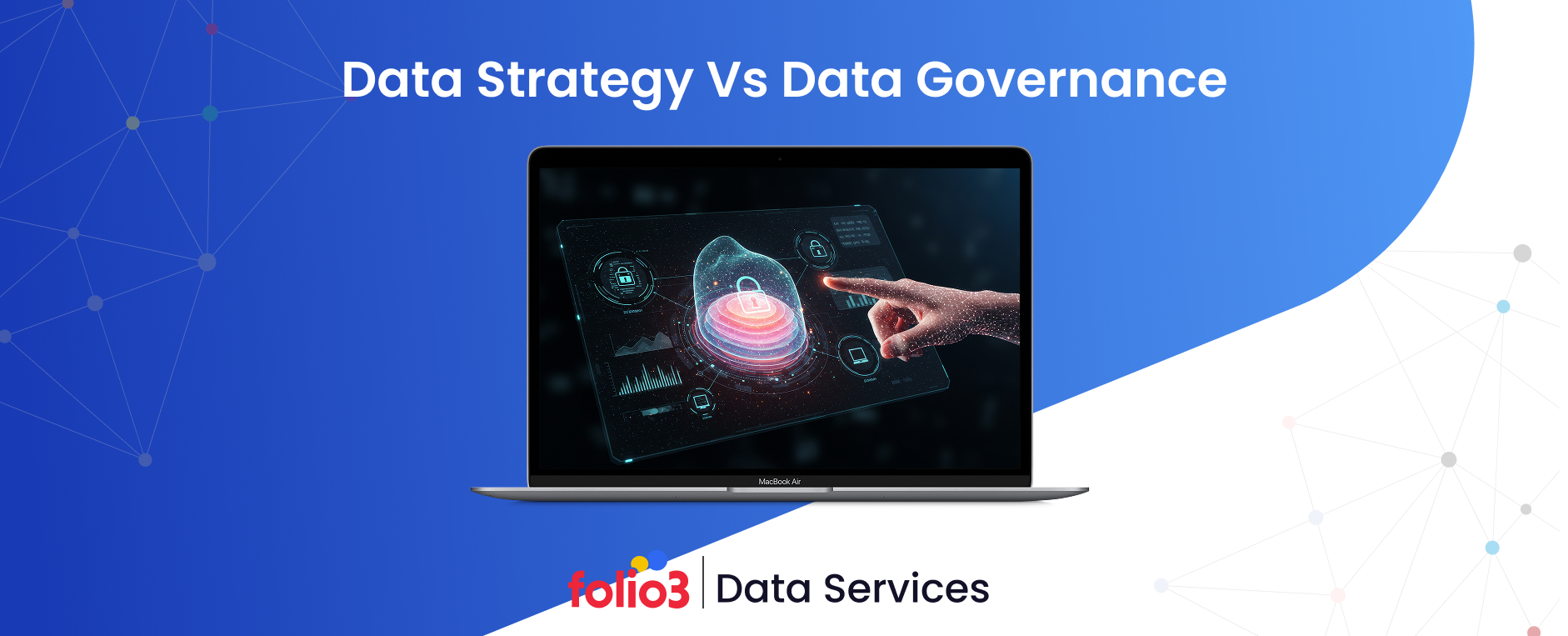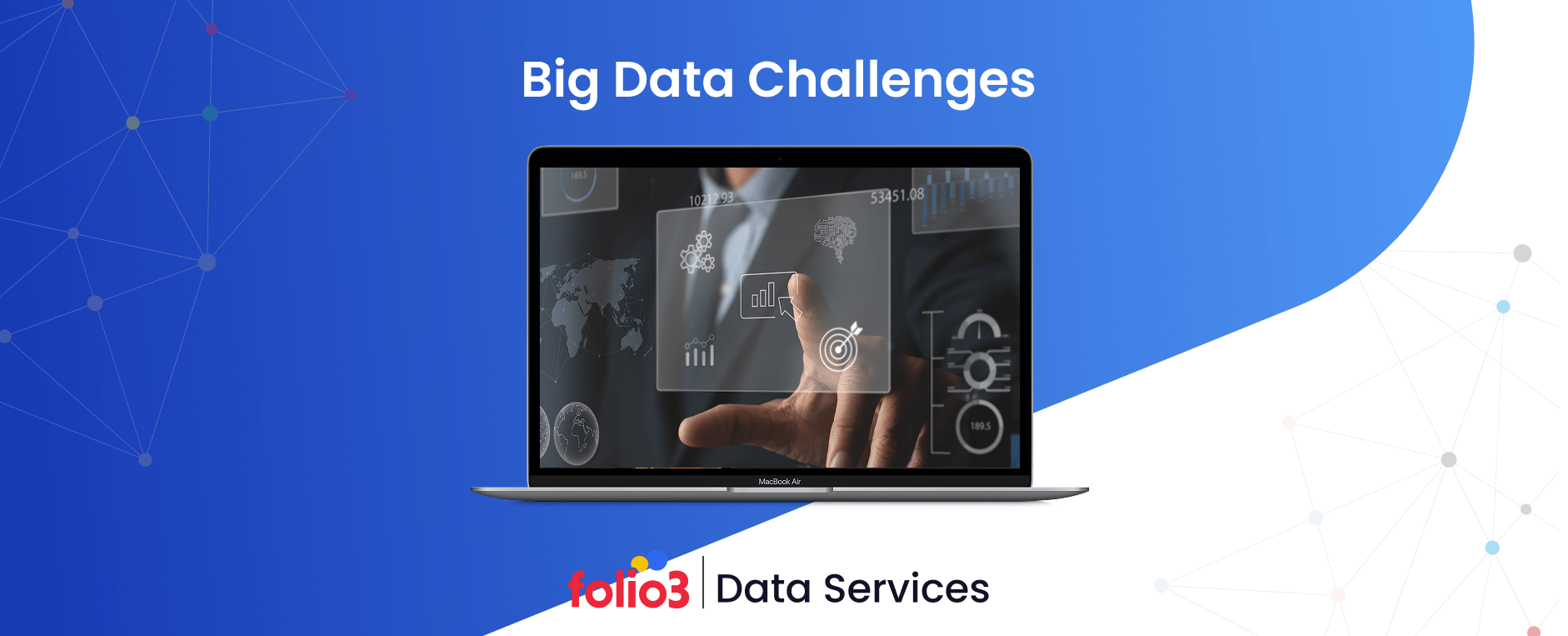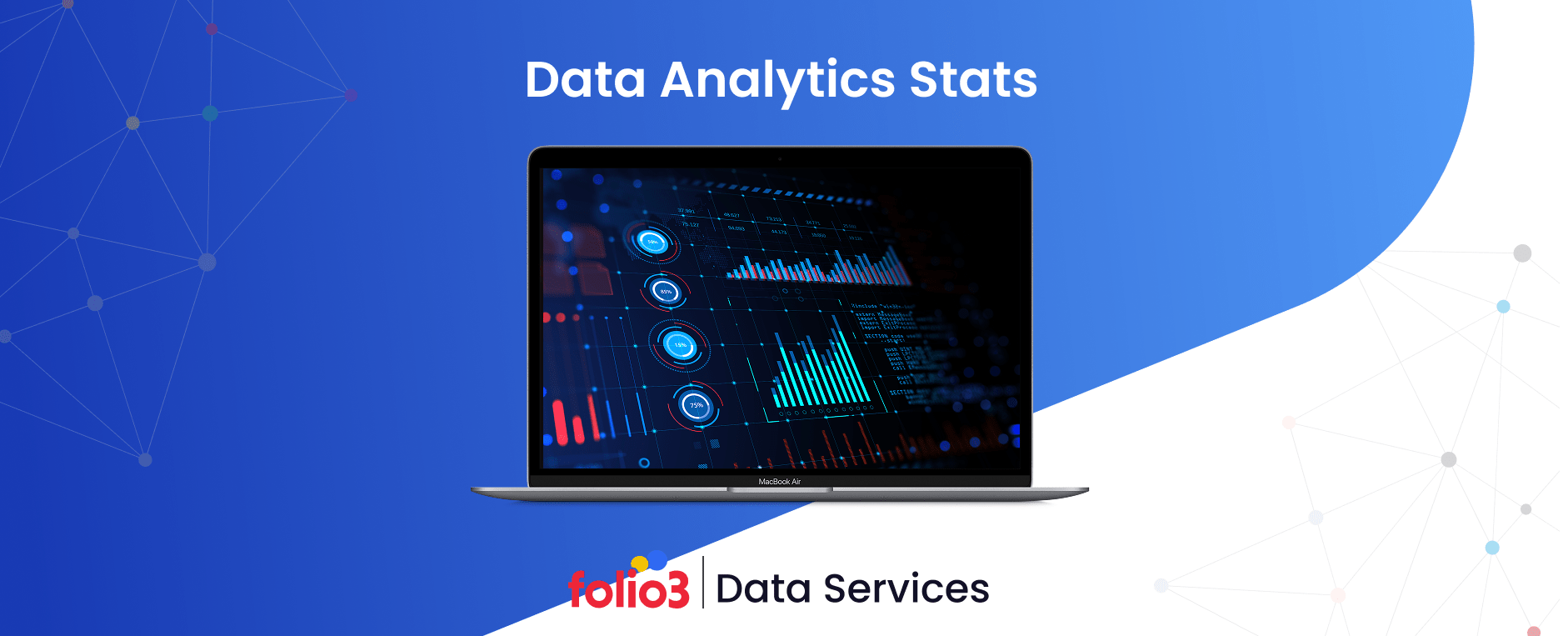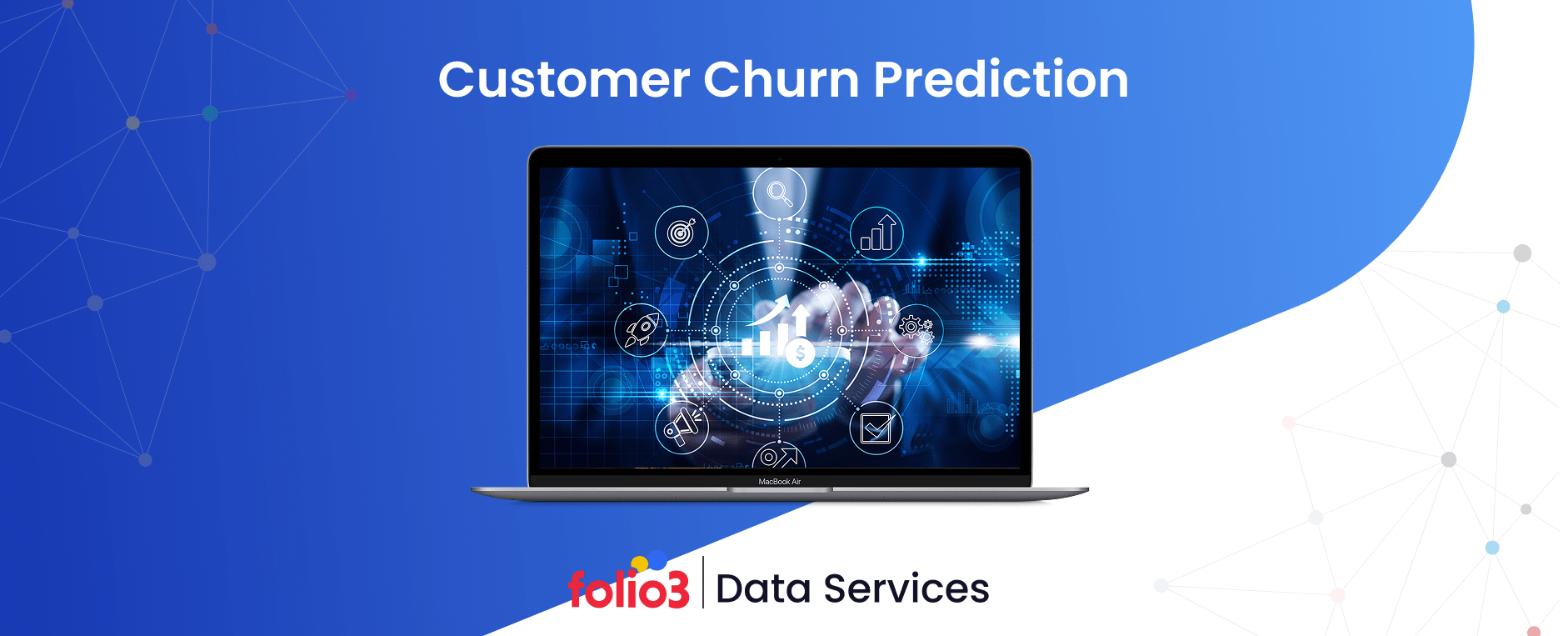Data has become the foundation of competitive advantage across industries, with organizations investing billions in analytics platforms, AI systems, and data science capabilities. Yet many enterprises struggle to extract meaningful value from these investments, often due to confusion about the fundamental difference between data strategy and data governance.
The terms are frequently used interchangeably in boardroom discussions and project planning sessions, creating misalignment between business objectives and implementation approaches. Some organizations develop comprehensive data strategies without adequate governance frameworks, leading to quality issues and compliance risks. Others implement rigid governance programs without clear strategic direction, resulting in bureaucratic processes that inhibit business agility.
This confusion carries significant business consequences. Companies with misaligned data strategy and governance report 40% lower returns on data investments and 60% longer implementation timelines compared to organizations that understand and properly integrate these disciplines.
Understanding the distinct roles of data strategy and data governance and how they work together is essential for building data capabilities that drive sustainable business growth while managing risk and ensuring regulatory compliance.
What Is a Data Strategy?
Data strategy defines an organization’s vision for using data to achieve business objectives, outlining what data assets are needed, how they will be used, and what value they should create for the organization and its customers.
A comprehensive data strategy addresses business priorities including revenue growth, operational efficiency, customer experience analytics, and competitive differentiation through intelligent use of data assets. It connects data investments to measurable business outcomes rather than focusing primarily on technology implementation or compliance requirements.
Strategic data planning considers market opportunities, competitive dynamics, customer needs, and organizational capabilities to identify where data can create the greatest business impact. This forward-looking approach helps organizations prioritize investments and align resources with strategic priorities.
Modern data strategies also address emerging capabilities like artificial intelligence, machine learning, and predictive analytics techniques that require different data architectures, quality standards, and operational processes than traditional business intelligence approaches.
The strategy serves as a roadmap that guides technology selection, organizational development, and process design decisions while providing success metrics that enable measurement of business value creation and return on investment.
What Is Data Governance?
Data governance establishes the policies, procedures, standards, and organizational structures that ensure data is managed as a strategic asset while maintaining quality, security, privacy, and regulatory compliance standards aligned with a strong data protection strategy.
Governance frameworks define roles and responsibilities for data stewardship, establish data quality standards, implement access controls, and create processes for data lifecycle management from creation through disposal. These structures ensure that data assets remain reliable, secure, and compliant throughout their operational life.
Effective data governance programs address both technical requirements like data classification and metadata management alongside business considerations including data ownership, usage policies, and dispute resolution procedures that enable sustainable data operations.
Risk management represents a critical component of data governance, addressing privacy protection, security threats, regulatory compliance, and business continuity requirements that protect organizations from legal, financial, and reputational damage.
Modern governance approaches balance control with accessibility, creating frameworks that protect data assets while enabling business users to access information they need for decision-making and operational efficiency.
What Are the Key Differences Between Data Strategy and Data Governance?
Understanding the fundamental differences between data strategy and data governance helps organizations allocate resources appropriately and avoid common implementation pitfalls.
Primary Focus
Data strategy focuses on business value creation through intelligent use of data assets, addressing questions about competitive advantage, market opportunities, and customer value propositions that data capabilities can support or enable.
Data governance concentrates on risk management and operational excellence, ensuring that data handling practices meet quality standards, regulatory requirements, and security policies while maintaining organizational accountability for data assets.
Key Question Answered
Data strategy answers “What should we achieve with our data?” by identifying business objectives, success metrics, and investment priorities that guide organizational decision-making about data capabilities and resource allocation.
Data governance addresses “How should we manage our data?” by establishing policies, procedures, and controls that ensure responsible data handling while enabling authorized access and usage for legitimate business purposes.
Business Role
Data strategy serves as a business enabler that identifies opportunities for competitive advantage, revenue growth, business intelligence benefits, and operational efficiency through strategic use of data assets and analytical capabilities.
Data governance functions as a business protector that mitigates risks, ensures compliance, and maintains data quality standards that preserve organizational reputation and prevent legal or financial penalties.
Nature of Activity
Data strategy involves forward-looking planning and opportunity identification that requires market analysis, competitive assessment, and strategic thinking about future business directions and customer needs.
A data strategy assessment often plays a key role here, helping organizations evaluate their current capabilities, identify gaps, and define the path forward for achieving long-term data-driven goals.
Data governance encompasses ongoing operational management that includes policy enforcement, quality monitoring, access control, and compliance reporting that maintains day-to-day data operations.
Relationship to Business Objectives
Data strategy directly drives business objectives by identifying how data capabilities can support strategic goals including market expansion, customer retention, operational efficiency, and innovation initiatives.
Data governance enables business objectives by ensuring that data assets remain reliable, accessible, and compliant, creating the foundation that allows strategic initiatives to succeed without unacceptable risk exposure.
Components Involved
Data strategy components include market analysis, use case identification, technology roadmaps, organizational development plans, and success metrics that guide investment decisions and capability development priorities.
A strong data governance strategy involves policies and procedures, organizational structures, data quality standards, security controls, and compliance frameworks that ensure responsible data management practices.
Execution Role
Data strategy execution requires cross-functional collaboration between business leaders, technology teams, and data professionals to identify opportunities and implement capabilities that create measurable business value.
Effective use of data integration techniques helps ensure that information from multiple sources is combined consistently, allowing organizations to generate insights that accurately reflect their business environment.
Data governance implementation involves data stewards, compliance officers, security professionals, and IT operations teams who ensure that policies are followed and standards are maintained consistently.
Dependency
Data strategy depends on governance frameworks to ensure that strategic initiatives are built on reliable, high-quality data that meets regulatory and security requirements necessary for sustainable business operations.
Data governance relies on strategic direction to prioritize efforts, allocate resources, and focus policies on data assets and processes that matter most for business success and risk management.
Perception Risk
Data strategy risks include misalignment with business needs, poor investment prioritization, and failure to create measurable value that justifies continued investment in data capabilities and organizational development.
Data governance risks encompass compliance violations, security breaches, quality failures, and operational disruptions that can result in legal penalties, financial losses, and reputational damage.
Data Strategy vs Data Governance: Comparison Table
| Aspect | Data Strategy | Data Governance |
| Primary Purpose | Business value creation and competitive advantage | Risk management and operational excellence |
| Key Focus | What to achieve with data | How to manage data responsibly |
| Time Horizon | Long-term strategic planning | Ongoing operational management |
| Success Metrics | Business outcomes, ROI, competitive advantage | Compliance rates, data quality scores, risk reduction |
| Stakeholders | Business leaders, strategists, analysts | Data stewards, compliance officers, IT operations |
| Scope | Market opportunities, use cases, capabilities | Policies, procedures, controls, standards |
| Business Impact | Revenue growth, efficiency gains, innovation | Risk mitigation, regulatory compliance, trust |
| Decision Type | Strategic investment and priority setting | Operational policy and procedure implementation |
| Change Frequency | Periodic strategic updates | Continuous policy refinement |
| Resource Focus | Technology, talent, market opportunities | Processes, controls, compliance, quality |
How Do Data Strategy and Data Governance Create a Symbiotic Relationship?
The most successful data-driven organizations understand that strategy and governance work together as complementary disciplines that reinforce each other’s effectiveness.
The Role of Data Governance in Data Strategy
Data governance provides the operational foundation that enables strategic data initiatives to succeed while maintaining acceptable risk levels and regulatory compliance standards.
Ensures Data Quality
Governance frameworks establish quality standards, monitoring processes, and improvement procedures that ensure strategic analytics and AI initiatives have access to reliable, accurate data that supports sound business decision-making.
Quality assurance becomes particularly critical for machine learning and predictive analytics in healthcare and retail applications, where poor data quality can lead to biased or inaccurate insights that harm business performance and customer relationships.
Improves Data Accessibility
Governance policies balance security requirements with business needs, creating access frameworks that enable authorized users to obtain data they need for strategic initiatives while maintaining appropriate controls and audit trails.
Self-service analytics capabilities depend on governance structures that provide clear data definitions, usage guidelines, and approval processes that empower business users while preventing inappropriate access or usage.
Defines Data Ownership
Clear ownership structures established through governance frameworks eliminate confusion about data responsibilities, enabling faster decision-making and more effective collaboration on strategic data initiatives.
Establishing accountability also supports a data monetization strategy, since organizations can only generate value from data assets when ownership and responsibilities are clearly defined.
Data stewardship programs ensure that business users have identified points of contact for data questions, quality issues, and access requests that support efficient execution of strategic projects.
Enhances Decision-Making
Governance standards for data documentation, lineage tracking, and metadata management help decision-makers understand data context, limitations, and appropriate usage scenarios for strategic analysis and planning.
Trust in data quality and governance processes increases confidence in analytical insights, which is especially critical when developing a data strategy for generative AI, where reliable and well-governed data directly impacts model accuracy, compliance, and business relevance.
Aligns with Regulations
Governance frameworks ensure that strategic data initiatives comply with privacy regulations, industry standards, and legal requirements that could otherwise create significant legal and financial risks.
Proactive compliance management prevents strategic projects from being delayed or canceled due to regulatory concerns, enabling faster implementation and business value realization.
What Are the Risks of a Data Strategy Without Governance?
Organizations that pursue aggressive data strategies without adequate governance frameworks expose themselves to significant operational, legal, and reputational risks.
Poor Data Quality
Without governance standards and monitoring processes, strategic analytics initiatives may be based on inaccurate, incomplete, or inconsistent data that leads to poor business decisions and failed projects, which highlights the need for reliable enterprise data integration.
Quality issues often compound over time as strategic systems generate outputs based on flawed inputs, creating cascading errors that undermine confidence in data-driven decision making across the organization.
Inconsistent Definitions
Lack of governance leads to multiple definitions of key business metrics, customer segments, and performance indicators that create confusion and contradictory insights across different strategic initiatives.
Inconsistent data definitions prevent effective communication between departments and make it difficult to measure progress toward strategic objectives or compare performance across different business units.
Aligning these definitions through a customer data strategy helps ensure that customer segments and performance indicators are standardized across the enterprise.
Unclear Data Ownership
Without governance structures, strategic data projects may struggle to identify responsible parties for data quality issues, access requests, or business rule clarifications that delay implementation and reduce effectiveness. In some cases, unclear roles also complicate decisions related to data residency, especially when teams are unsure who should validate where sensitive data is stored or processed.
Ownership ambiguity creates accountability gaps that prevent rapid resolution of data issues and slow down strategic project execution while increasing operational overhead and frustration.
Compliance Violations
Strategic data initiatives that don’t follow governance policies may inadvertently violate privacy regulations, industry standards, or contractual agreements, creating legal liability and financial penalties under modern data residency and compliance requirements.
Compliance violations can result in strategic projects being shut down, fines and legal costs, loss of customer trust, and regulatory oversight that constrains future data initiatives.
Low User Trust
Poor governance leads to inconsistent data experiences that reduce user confidence in strategic analytics outputs, limiting adoption and reducing the business impact of data investments.
Partnering with reliable data and analytics services can help organizations establish stronger governance practices, ensuring consistent, trustworthy insights across the enterprise.
Trust issues create resistance to data-driven decision making, undermining strategic objectives that depend on organizational acceptance of analytical insights and recommendations.
What Are the Risks of Data Governance Without Strategy?
Governance programs that operate without strategic direction often become bureaucratic obstacles that inhibit business agility and fail to create meaningful value.
Misaligned Governance Policies
Without strategic context, governance policies may focus on compliance requirements that don’t support enterprise data strategy objectives, creating unnecessary overhead and restricting beneficial data usage.
Misaligned policies can prevent strategic initiatives from accessing data they need for competitive advantage while over-protecting information that has limited business value or risk exposure.
Wasted Governance Efforts
Governance programs without strategic direction may invest resources in protecting or managing data assets that don’t contribute to business success, reducing return on investment and organizational support.
Resource misallocation prevents governance teams from focusing on data assets and processes that matter most for strategic success and business risk management.
Lack of Business Focus
Governance frameworks developed without strategic input often emphasize technical compliance over business enablement, creating processes that serve regulatory requirements but don’t support competitive advantage.
Business focus gaps reduce stakeholder engagement and limit organizational support for governance initiatives that are perceived as obstacles rather than enablers of business success.
Siloed Data Practices
Without strategic coordination, governance efforts may create isolated data management practices that prevent integration and collaboration necessary for comprehensive business intelligence strategy and analytics.
Data silos limit the effectiveness of strategic analytics initiatives that require integrated views of customer behavior, operational performance, and market conditions across multiple business functions.
Limited Strategic Impact
Governance programs that don’t align with strategic priorities may achieve compliance objectives while failing to enable competitive advantages or business growth that justify their cost and complexity.
Limited strategic impact reduces organizational commitment to governance initiatives and creates pressure to reduce investment in data management capabilities that could support future strategic opportunities.
How Do Data Strategy and Data Governance Work Together?
The most effective data-driven organizations integrate strategy and governance into complementary frameworks that reinforce each other’s success. Here’s how they work together:
Governance Enables Strategy Execution
Robust governance frameworks provide the scalable infrastructure, data quality, security, and compliance foundation necessary for strategic initiatives to succeed while managing acceptable risk levels and regulatory requirements.
Strategic projects depend on governance processes for data access, quality assurance, and compliance approval that enable rapid implementation while maintaining organizational standards and legal requirements.
Strategy Drives Governance Priorities
Strategic objectives help governance teams prioritize their efforts on data assets, processes, and risks that matter most for business success rather than treating all data equally.
Strategic direction ensures that governance investments focus on capabilities that enable competitive advantage while maintaining appropriate risk management and compliance standards.
Shared Goals, Different Roles
Both strategy and governance aim to create business value through effective data management, but they contribute through different mechanisms that complement rather than compete with each other.
A well-structured data analytics strategy highlights opportunities for innovation and growth, while governance ensures those initiatives are executed with accuracy, compliance, and reliability.
Successful integration recognizes that strategic vision without governance support creates unsustainable risks, while governance without strategic direction creates bureaucratic overhead that inhibits business agility.
Continuous Feedback Loop
Strategy execution provides insights about governance effectiveness and improvement opportunities, while governance implementation reveals strategic risks and operational constraints that inform strategic planning.
Feedback loops enable both disciplines to evolve and improve over time, creating increasingly effective integration that supports business growth while managing risk appropriately.
How Folio3 Helps With Your Data Strategy and Governance
Folio3 provides comprehensive data strategy and consulting services along with implementation support that help organizations develop integrated data strategy and governance frameworks aligned with business objectives and industry requirements.
Aligns Data with Goals
Folio3’s strategic consulting services help organizations identify how data capabilities can support specific business objectives, creating a data strategy roadmap that prioritizes investments based on potential value creation and competitive advantage.
Strategic alignment ensures that data initiatives contribute to measurable business outcomes rather than just technical achievements, improving return on investment and organizational support for continued data investments.
Designs Scalable Frameworks
Implementation expertise enables organizations to build data architectures and governance structures that can grow with business needs while maintaining performance, security, and compliance standards. Folio3 also provides data engineering services that ensure these architectures are optimized for scalability, reliability, and integration across diverse enterprise systems.
Scalable design prevents organizations from outgrowing their data capabilities and ensures that strategic initiatives can expand successfully without requiring complete infrastructure rebuilds.
Implements Governance Policies
Folio3 Data governance experts help organizations develop and implement policies, procedures, and controls that balance business enablement with appropriate risk management and regulatory compliance requirements.
Policy implementation includes organizational change management, training programs, and technology integration that ensures governance frameworks are adopted effectively and maintained consistently.
Ensures Regulatory Compliance
Industry expertise helps organizations navigate complex regulatory requirements including GDPR, HIPAA, SOX, and industry-specific standards while maintaining business agility and competitive advantage.
Compliance assurance provides confidence that strategic data initiatives can proceed without regulatory delays or legal risks that could undermine business objectives and organizational reputation.
Enables Insightful Decisions
Integration of strategy and governance creates data environments that support reliable, timely, and actionable business intelligence reporting that enables confident decision-making at all organizational levels.
Decision support capabilities transform data from operational overhead into strategic assets that drive competitive advantage and business growth through intelligent analysis and forecasting.
FAQs
What is the difference between data strategy and data governance?
Data strategy defines what organizations want to achieve with data to create business value and competitive advantage. Data governance establishes how to manage data responsibly through policies, procedures, and controls that ensure quality, security, and compliance.
Is data governance a part of data strategy?
Data governance is a critical enabler of data strategy rather than a component within it. Governance provides the operational foundation that allows strategic initiatives to succeed while managing risks and maintaining compliance standards.
Can you have a data strategy without data governance?
While technically possible, data strategies without governance frameworks face significant risks including poor data quality, compliance violations, security breaches, and low user trust that often lead to failed initiatives and wasted investments.
What are the risks of neglecting data governance in a data-driven organization?
Key risks include regulatory violations and penalties, security breaches and data theft, poor data quality leading to bad decisions, inconsistent business definitions creating confusion, and low user trust reducing adoption of data-driven approaches.
What are the key components of a data strategy?
Core components include business objective alignment, use case identification, technology roadmap development, organizational capability planning, success metrics definition, and investment prioritization based on potential business value creation.
What are the key principles of data governance?
Fundamental principles encompass data quality assurance, security and privacy protection, regulatory compliance management, clear ownership and accountability, controlled access and usage, and comprehensive lifecycle management from creation through disposal.
Why are both data strategy and data governance important?
Strategy without governance creates unsustainable risks and compliance issues, while governance without strategy becomes bureaucratic overhead that doesn’t support business objectives. Together, they enable sustainable competitive advantage through responsible data use.
What are common challenges when aligning data strategy and governance?
Common challenges include balancing control with accessibility, prioritizing governance efforts based on strategic value, managing organizational change and stakeholder buy-in, integrating across different systems and departments, and maintaining alignment as strategies evolve over time.
Conclusion
Data strategy and data governance represent two sides of the same coin, one focused on creating business value while the other ensures that value creation happens responsibly and sustainably. Organizations that understand this complementary relationship and integrate both disciplines effectively achieve superior business outcomes while managing risk appropriately.To accelerate this journey, partnering with experts like Folio3 Data Services can help enterprises design strong data strategies, implement strong governance frameworks, and fully use the power of intelligent, trusted data.





